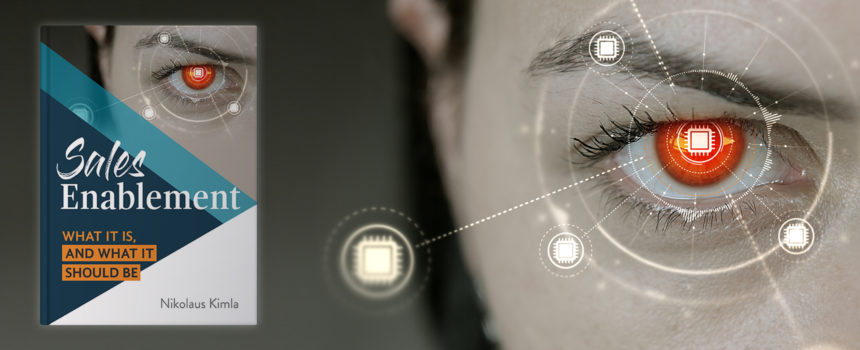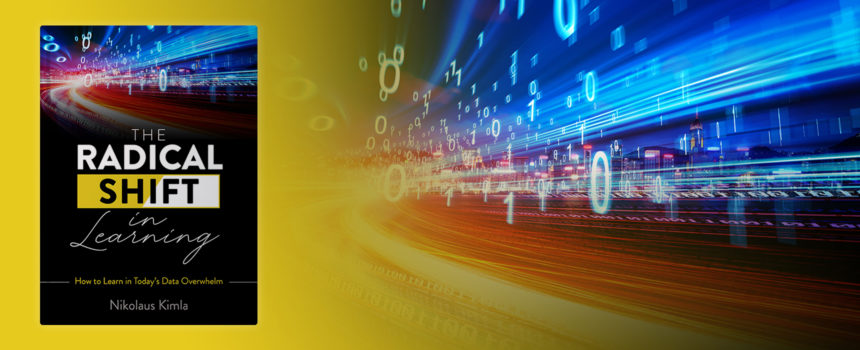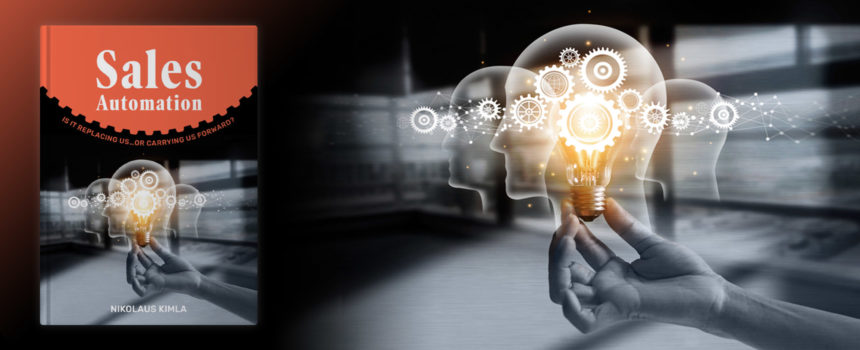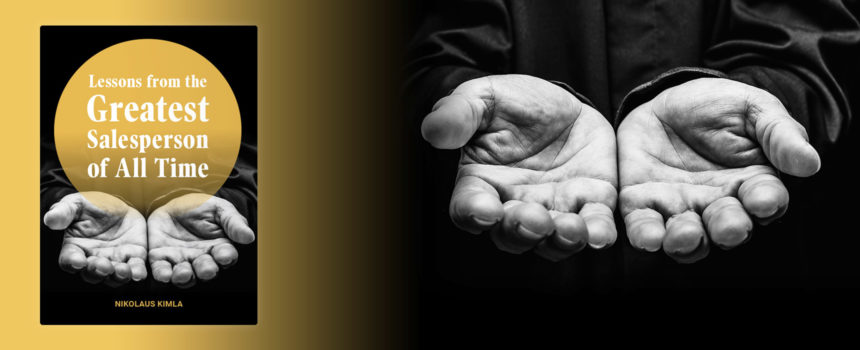In the last few years, there has certainly been a lot of talk about sales enablement—it’s one of those trendy terms that came around and has definitely remained.
There certainly is no sales enablement “magic bullet”—you utilize it and bang! instant results! People today will jump on any train when they hear it will bring immediate positive painless change—even as they’ve known there is no such thing. It’s like trying to win a gold medal without doing any training, even though you know that can never happen.
So what is sales enablement, really, and where is it going? Is it just a buzzword that becomes an umbrella for various solutions?
However we define it, sales enablement is very important today, and will become more so in the future. Why? Because even if you have a top performer, how much better are they going to be if they have the right tools?
In this ebook, I’m not going to try and cover the entire broad aspect of sales enablement, as we’d be here forever. For example, sales enablement begins with finding and hiring the right people. I’ll be writing here about enabling “the right people” that are already there, and willing.
You can only really enable the sales team and others when you have someone who is the “enabler.” With a great football or soccer team, that person would be the coach. You can have the best players in the world, but if you don’t have a good coach, it won’t work. So in addition to having the right salespeople and the right team members, I’m also speaking from the viewpoint of having the right coach.
We’ll also be talking about arming your sales team with the right tools to be effective and efficient. With the right tools, you can get in the game…and win.








